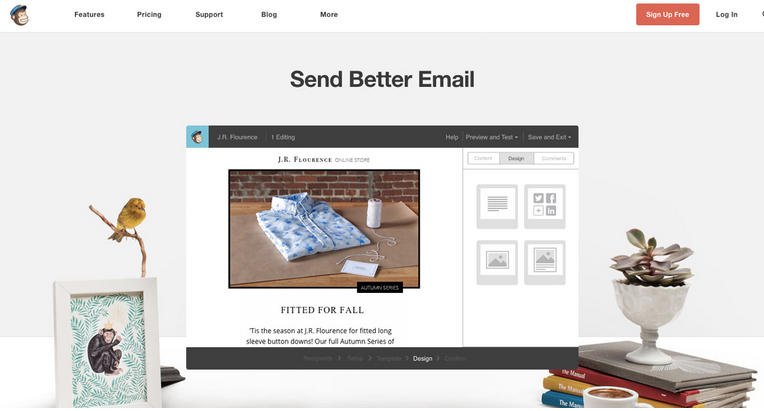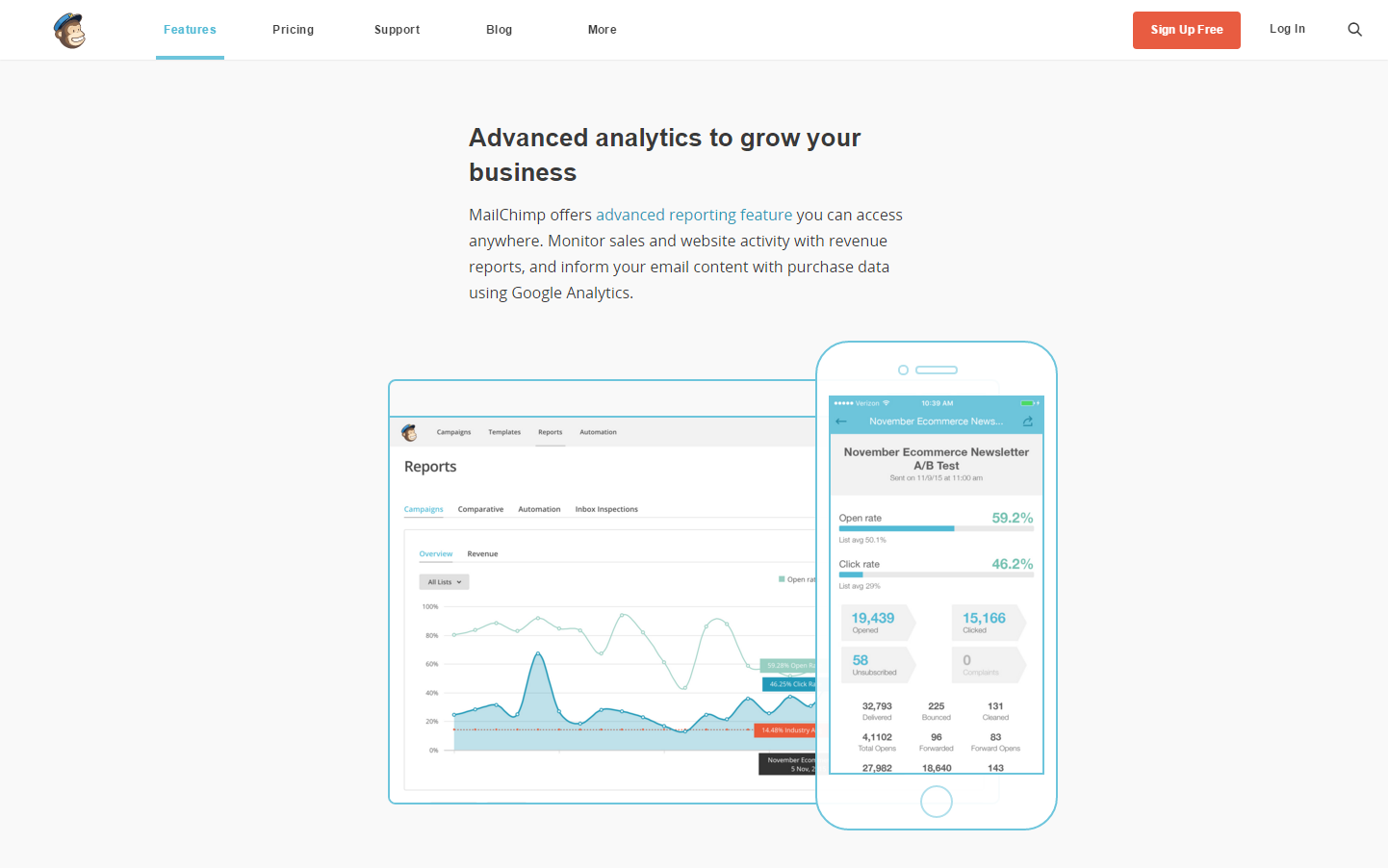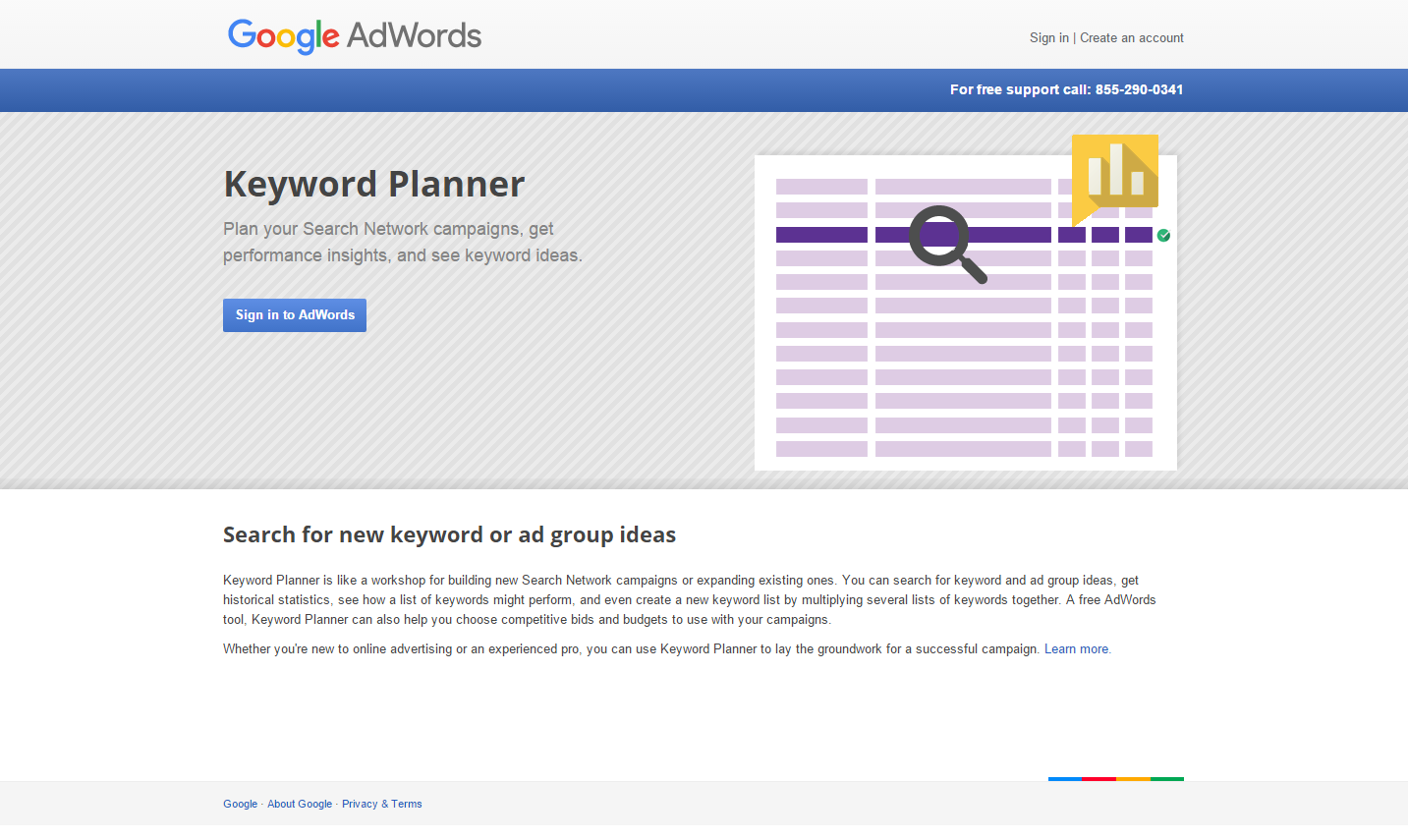Creating your brand, designing your store and building your community of customers can be very overwhelming, and the pressure to make your first eCommerce sale doesn’t help.
Luckily, there are so many great small business marketing tools out there — the trick is knowing which ones to start with.
I’ve come up with a list of four of my favourite small business marketing tools that will help you with the really critical components of an eCommerce marketing strategy: email marketing, social media marketing, content writing and high-quality design.
Social media marketing: Buffer
Social media marketing is a must for eCommerce stores for both customer acquisition and building a community around your brand. In order for this to happen, you need to be posting consistently across a number of platforms. Customers and their orders tend to come first, and when there are more immediate tasks that need to be dealt with, social media posting is usually neglected.
Buffer will help you solve this problem. Connect all your social media accounts to your Buffer account and post within one platform. You can schedule your posts ahead of time, so dedicate an hour or two per week to organizing your posts for the coming days.
The best part about Buffer is the built-in analytics system. For successful social media marketing, you need to know what works and what doesn’t work. Buffer will help you find when your social media posts make the most impact.
Email marketing: MailChimp
MailChimp is a great tool for all your email marketing needs. Design and send emails, auto-messages and targeted campaigns to subscribers or imported lists, and then track the results.
Signing up and using MailChimp if you have fewer than 2,000 subscribers is completely free, so before you say no give it a try. You can use any of Mailchimp’s templates or create your own if you’re a little tech-savvy.
One of my favorite things about MailChimp is having the ability to send test emails; I like being able to see what the email will look like in my customer’s inbox. I always ask myself, will the subject line make people click? Is the content engaging and easy to read? Does the formatting suit both mobile and web-based browsing?
You can schedule emails ahead of time so you can plan and create your content in advance. After email campaigns are sent, you should take some time to look at the analytics. Looking at the highest click rates and open rates will teach you a lot about the types of emails and subject lines that work. The analytics will also show the best time to reach your customers.
Another great thing about MailChimp is it allows you to A/B test different things before sending them, so make sure you use the feature to identify your highest-performing emails and subject lines.
Content writing: Google Keyword Planner
Search engine optimization (SEO) isn’t an easy task. That’s why we have SEO experts, right? There’s a lot to learn (and many resources available) but when you’re just entering the eCommerce market, start with the simple techniques that will pay dividends in the long run.
Writing a blog is a great way to optimize your eCommerce store for search engines. The idea is that you pack your blog full of keywords that are both relevant to your business and frequently searched for, so as to push your eCommerce store to the top of the search results.
This is where Google’s Keyword Planner comes in. You can use it to get keyword ideas and traffic forecasts by looking at the search volume of different terms, as well as the better-ranking alternatives for those terms.
Let me start by saying this is by no means a ‘professional’ way to do this, but it’s perfect for someone who is less experienced in the SEO realm. Before you sit down to write your blog post, type your suggested heading into a regular Google search. Scroll down to the bottom of the search results and you’ll see Google has generated a list of related searches. Copy your original heading and the related searches into the Keyword Planner. You can then see which terms rank better than others and choose the keywords you’ll use in your blog post.
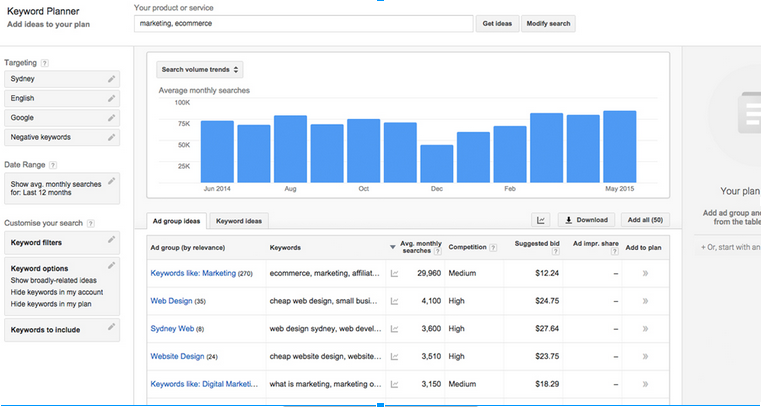
Avoid using too many keywords (two to three is good), because Google will penalize you for using too many. You should use these keywords in your title, a few times in the body and ideally in the subheadings. Note that Heading 1 is ranked above Heading 2, Heading 2 above Heading 3, Heading 3 above the paragraph text and so on. You should pack the keywords into the higher-ranking styles.
Design: Canva
Humans process images much faster than text, so naturally we’re drawn to imagery. Beautiful and consistent design is such an important part of building your brand identity, and eye-catching visuals are a great way to drive traffic to your eCommerce store.
Unfortunately we’re not all born with a keen eye for design, and creating a sales promotion graphic that ‘pops’ isn’t the simplest of tasks. Dreaming up the initial design idea is hard enough, but then you’ve also got a bunch of basic design principles that can’t be overlooked: keeping padding equal, limiting yourself to two or three font styles, only using colors that work well together, etc. When it comes to good design, it’s these little things that really matter.
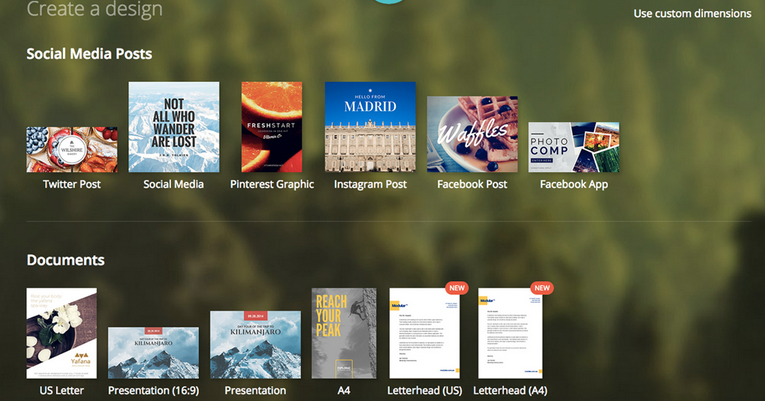
Here’s where Canva comes in. It’s graphic design made fast and easy. There are plenty of designs available, from social media material to marketing documents to blog headers — anything you need for your eCommerce store! Then you can pick from any of Canva’s beautiful pre-made themes or build your own design from scratch. Canva is free to use and you can download your files for free, but if you use any of Canva’s stock images you’ll need to pay $1 each.
These small business marketing tools will help you tremendously!
Like I said, starting an eCommerce store isn’t easy, and you’d be crazy not to make the most of great marketing tools like these. Trust me — they’ll make running your eCommerce store a lot easier. And if you get the chance, let us know in the comments what small business marketing tools you use for your eCommerce store!


